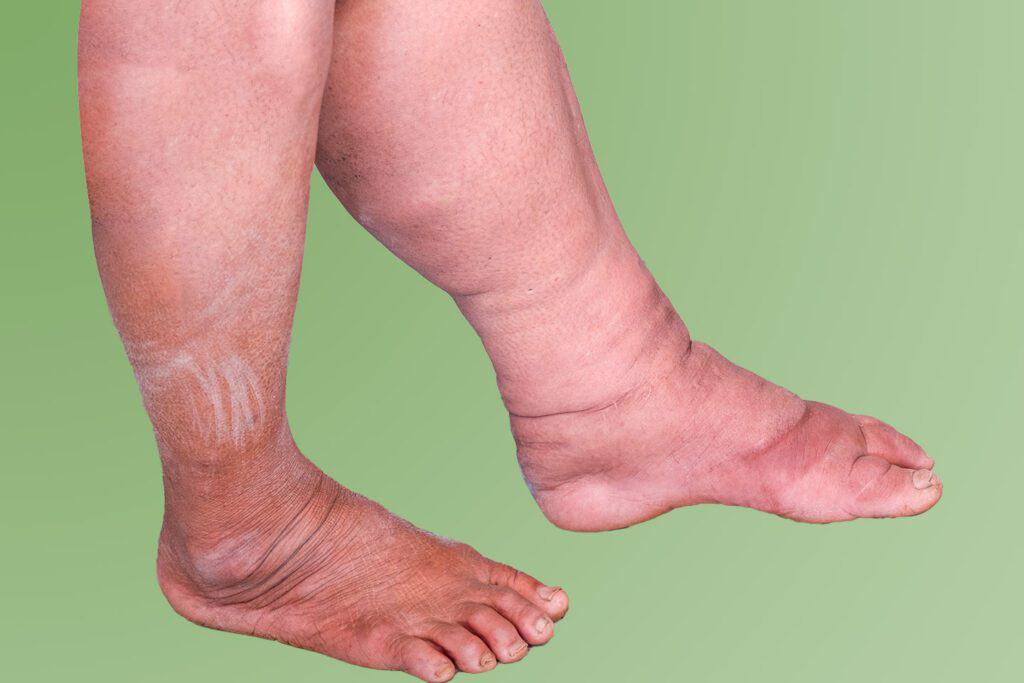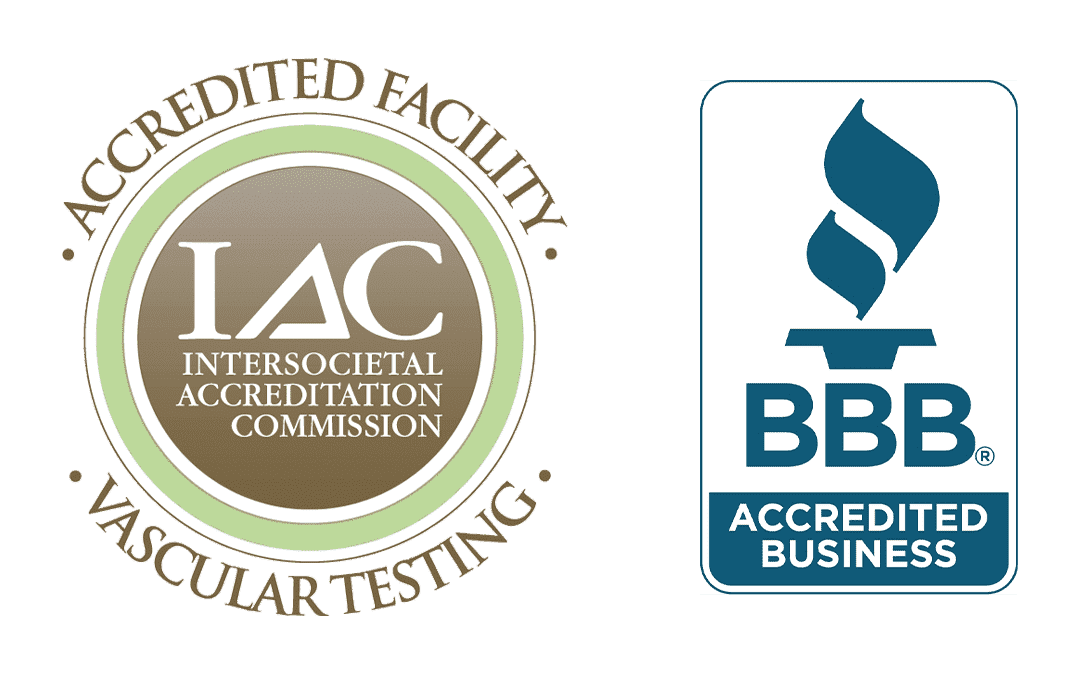Also known as: Stasis dermatitis, Sclerosing dermatitis, Woody edema.
Lipodermatosclerosis is characterized by inflammation and fibrosis (hardening) of the skin and underlying fatty tissue, typically affecting the lower legs. It is often associated with chronic venous insufficiency, where damaged vein valves lead to poor circulation and increased pressure in the leg veins.
Lipodermatosclerosis can progress if left untreated, leading to complications such as skin ulcerations and venous stasis dermatitis. With proper management, including treatment of underlying venous insufficiency, symptoms can often be controlled, and progression can be slowed or halted.

Lifestyle changes such as maintaining a healthy weight & diet, exercising regularly, avoiding prolonged sitting or standing, and elevating your legs can play a significant role in managing lipodermatosclerosis and reducing its symptoms.
Endovenous laser therapy, also known as endovenous laser ablation, is an outpatient procedure that uses heat from a laser to reduce varicose veins and other common vein problems. After identifying the source of vein damage via ultrasound, a thin laser beam is used to cauterize and close the offending vein. This procedure is performed through a simple needle puncture under local anesthesia and takes roughly 20-45 minutes.
Radiofrequency ablation (RFA) offers a revolutionary and minimally invasive approach to treating significant varicose veins, replacing the need for stripping and removal procedures. This outpatient treatment utilizes heat to close off dysfunctional veins. A thin, flexible catheter is inserted into the targeted vein under ultrasound guidance for precise placement. Radiofrequency energy is then delivered through the catheter, gently heating the vein wall with the help of cool saline and lidocaine solution for comfort, causing the vein to close. The entire procedure typically takes only 10-15 minutes, and most patients can return to their daily activities as soon as the next day.
Superficial veins are often very thick and ropey in appearance, and they can grow large over the years. Additionally, the skin over these veins may have a darkened, more pigmented appearance due to chronic inflammation and the pressurized veins.
High ligation is a surgical procedure that involves tying off a damaged vein to redirect blood flow, and vein stripping refers to the removal of the damaged vein. In cases of advanced venous disease, our vascular surgeons may recommend high ligation and vein stripping as an outpatient procedure at a regional hospital. This procedure requires general anesthesia and is less commonly performed than other minimally invasive options, but it does have a high success rate and is the best option in some individual cases.
Compression stockings offer a cost-effective and efficient method to enhance blood circulation in the lower extremities. With daily use, compression stockings can alleviate symptoms, enhance blood flow, and reduce the likelihood of blood clots forming. These stockings are suitable for both short-term and long-term use, as well as post-surgery recovery.
Early intervention and proactive management are crucial for preventing complications and improving quality of life for individuals with lipodermatosclerosis:
